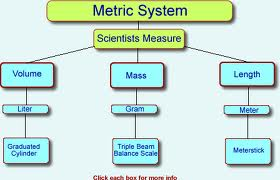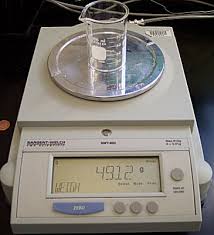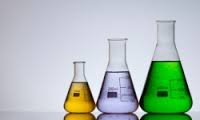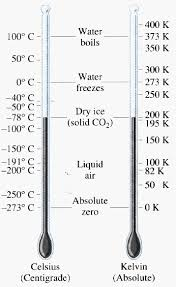Overview
Accurate observations of phenomena are one of the keys to success in lab sciences such as chemistry, physics, and biology. The metric system, or international system (SI), is used to describe measurements of many quantities, such as length, mass, volume, and temperature.
Scientific Measurement of Length
The measurement of length was one of the first measurements to be standardized, because the measurement of length varied between country to country and sometimes throughout periods of time. In ancient times, the measurement of length might be defined as the length of a king’s stride. Suppose one king was tall and had a long stride and the king in the next kingdom over was shorter and had a short stride. Since communication between scientists is often international, scientists had to agree on one definition. As measurements have become more precise, the definition of the meter has become more precise. A meter in conventional units is 39.37 inches, a little more than a yard. The meter has been defined in the scientific community as the distance that light travels in a vacuum during 1/299,792,458 of a second. Using the metric system, a centimeter is 1/100 of a meter (2.54 inches). Many observations made in science class use centimeters.
Figure 2: Methods for measuring length.
Scientific Measurement of Mass
Mass is measured using a balance scale, which is often crucial while conducting chemical experiments, while weight is often measured on a spring-type scale. (Think of the scale in the bathroom or in the doctor’s office.) In the metric system, mass is measured by the kilogram (kg), in conventional units 2.2 pounds. A gram, which is 1/1000 of a kilogram, is 0.035 of an ounce in conventional units, so it is too small for many uses.
Figure 3: A balance scale used in scientific measurement of mass.
Scientific Measurement of Volume
Volume, as measured in chemistry, is the amount of space that matter occupies. It is most often measured by the liter (L), 1.057 qt. in conventional units, or the milliliter (mL), 1/1000 of a liter, about 0.0338 of an ounce. It is often measured by cylinders, flasks, pipettes, or syringes in and out of the laboratory. If you have gone to the doctor and had a shot or other liquid medication, the proper dosage is measured in milliliters rather than ounces.
Figure 4: Precise measurement ensures the proper dosage.
Figure 5: Volumetric flasks measure liquid chemicals accurately.
Scientific Measurement of Temperature
Temperature, as measured in science, is a measure of how intense the heat is in an object. It is usually measured in Celsius or Kelvin. The Kelvin scale is used to measure very cold temperatures, as 0 Kelvin is absolute zero, as well as very hot temperatures, such as temperatures in the sun and other stars. The degrees Celsius are written with the degree sign (o) and the letter C, while the degrees Kelvin use the letter K without the degree sign. In conventional measurement, the boiling point of water is 212o F. In Celsius, the boiling point of water is 100o C; in Kelvin, 373.
Figure 6: Comparison of Celsius and Kelvin temperature scales.
Interested in chemistry tutoring services? Learn more about how we are assisting thousands of students each academic year.
SchoolTutoring Academy is the premier educational services company for K-12 and college students. We offer tutoring programs for students in K-12, AP classes, and college. To learn more about how we help parents and students in Devils Lake, ND: visit Tutoring in Devils Lake, ND







